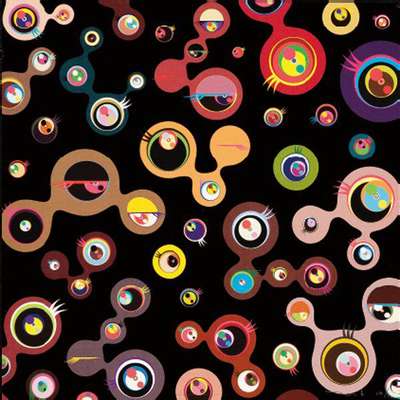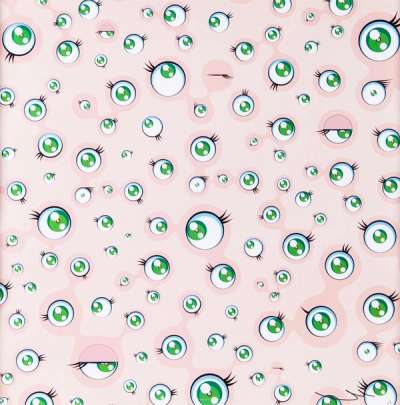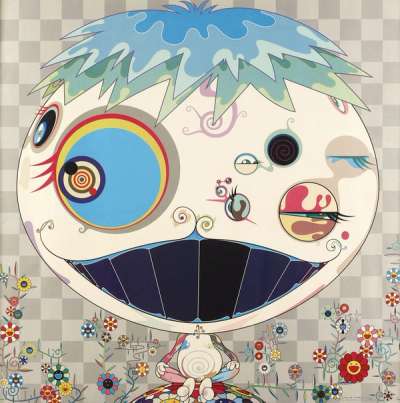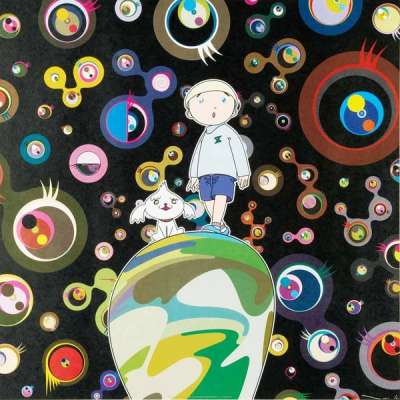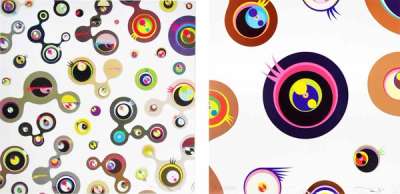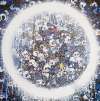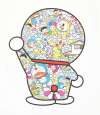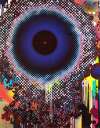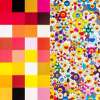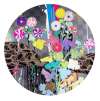Jellyfish
Eyes
Jellyfish Eyes is a collection of prints by Japanese contemporary artist, Takashi Murakami. The psychedelic quality of Murakami’s work shines through in these prints, which are composed of untethered cartoon eyes rendered in bright colours. Murakami draws inspiration from Japanese popular culture, especially the "otaku" subculture of anime, manga, and computers.
Takashi Murakami Jellyfish Eyes For sale
Jellyfish Eyes Value (5 Years)
With £5543 in the past 12 months, Takashi Murakami's Jellyfish Eyes series is one of the most actively traded in the market. Prices have varied significantly – from £506 to £7874 – driven by fluctuations in factors like condition, provenance, and market timing. Over the past 12 months, the average selling price was £2771, with an average annual growth rate of 1.94% across the series.
Jellyfish Eyes Market value
Auction Results
| Artwork | Auction Date | Auction House | Return to Seller | Hammer Price | Buyer Paid |
|---|---|---|---|---|---|
 Jellyfish Takashi Murakami Signed Print | 1 Feb 2024 | Phillips London | £1,275 | £1,500 | £2,050 |
 Jellyfish Eyes Takashi Murakami Signed Print | 1 Feb 2024 | Phillips London | £3,103 | £3,650 | £5,000 |
 Jellyfish Eyes Takashi Murakami Signed Print | 25 Oct 2022 | Phillips London | £638 | £750 | £1,000 |
 Jellyfish Eyes (black 4) Takashi Murakami Signed Print | 10 Dec 2020 | Bonhams Online | £765 | £900 | £1,150 |
 Jellyfish Eyes, Simon In The Strange Forest Takashi Murakami Signed Print | 7 Nov 2011 | Doyle Auctioneers & Appraisers | £935 | £1,100 | £1,500 |
Sell Your Art
with Us
with Us
Join Our Network of Collectors. Buy, Sell and Track Demand
Meaning & Analysis
Jellyfish Eyes is a collection of prints produced by the Japanese contemporary artist, Takashi Murakami. The prints, all of which feature cartoon eyes rendered in bright colours, capture the essence of Murakami’s unique visual language, which is characterised by the use of bold colours, the incorporation of graphic motifs such as smiling flowers and cartoon characters and an emphasis on flat and glossy surfaces. Murakami’s style is often described as psychedelic and is deeply influenced by Japanese popular culture, especially the ‘otaku’ subculture which is associated with computers, anime and manga as well as ‘kawaii’ culture, the culture of cuteness.
The Jellyfish Eyes collection reflects Murakami’s love for popular culture and desire to incorporate it into his artworks.
Murakami has a surprisingly traditional artistic background. The artist studied ‘nihonga’, traditional Japanese painting, at the prestigious Tokyo University of Fine Arts and Music. Not only did Murakami obtain a Bachelor of Fine Arts, but he also went on to receive a Master of Fine Arts and a PhD, which he completed in 1993. Despite this traditional training, the artist had long been fascinated by anime and manga, (Japanese cartoons and comics) and aspired to work in animation.
Soon after completing his PhD, Murakami decided to pursue his interests in Japanese popular culture and animation, distancing himself from the traditional art world and instead began experimenting with contemporary art styles and different medias. 1994 was a pivotal year for Murakami as he received a fellowship from the Asian Cultural Council which enabled him to participate in the PS1 International Studio Program in New York City. In New York, Murakami was exposed to a range of contemporary artists and their works, such as Anselm Kiefer and Jeff Koons. Their Western style influenced Murakami’s own visual language and it is thanks to the time Murakami spent in New York that the artist is credited with being able to fuse Eastern and Western artistic techniques in his artworks.
